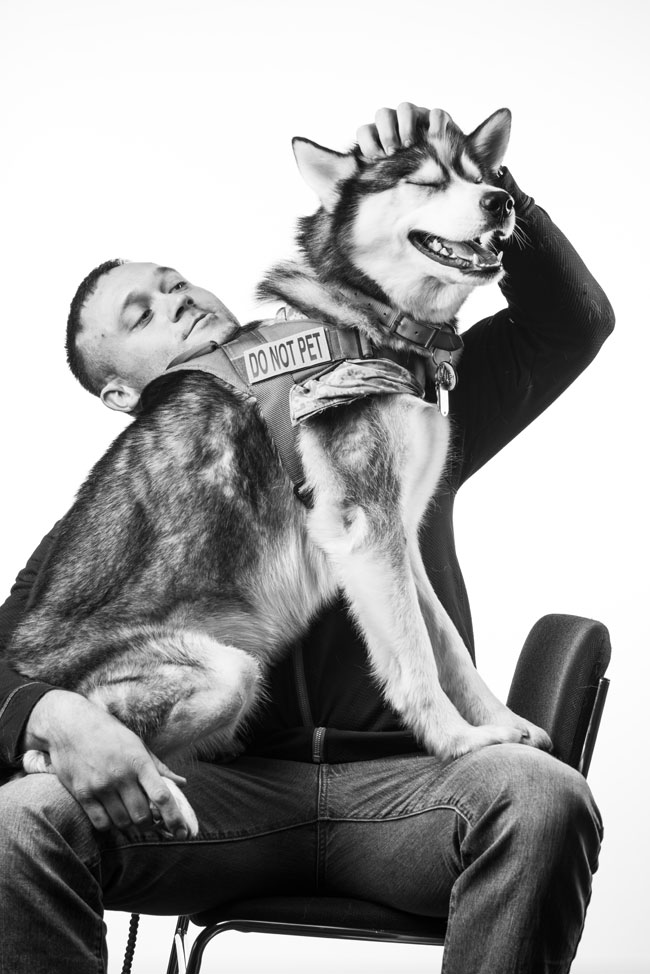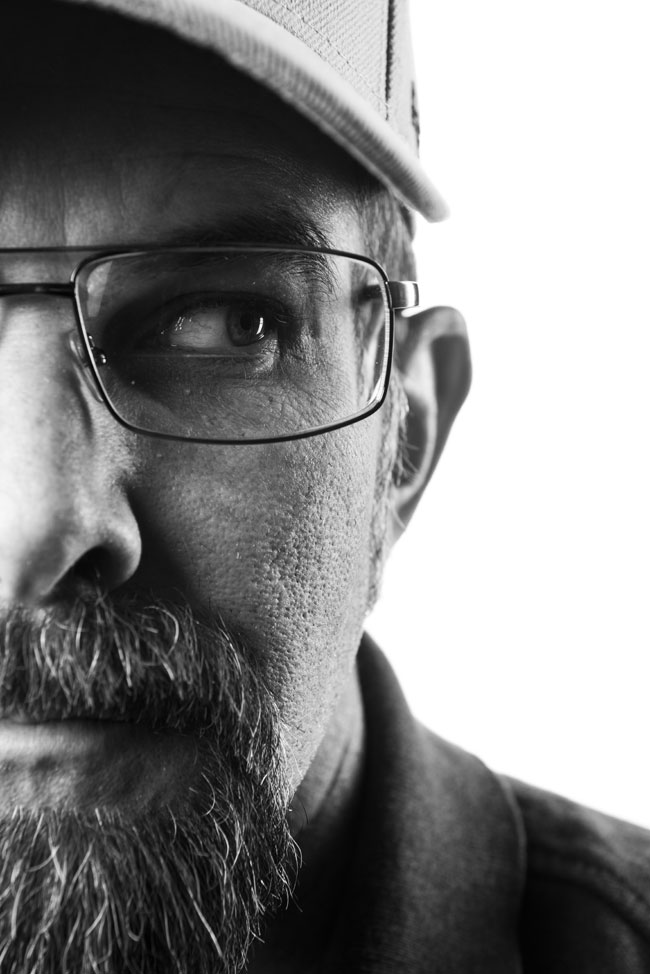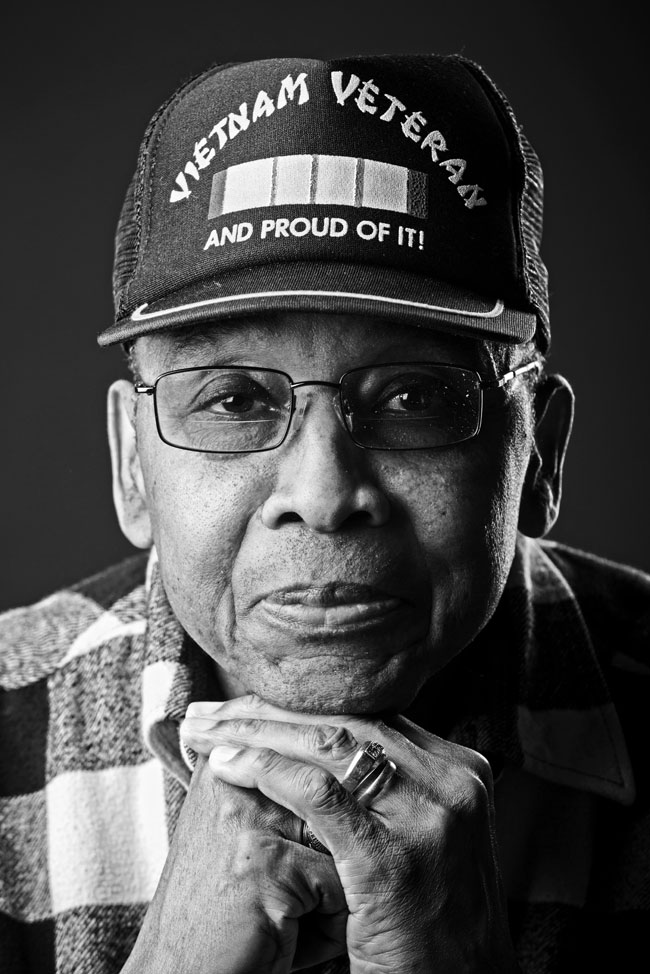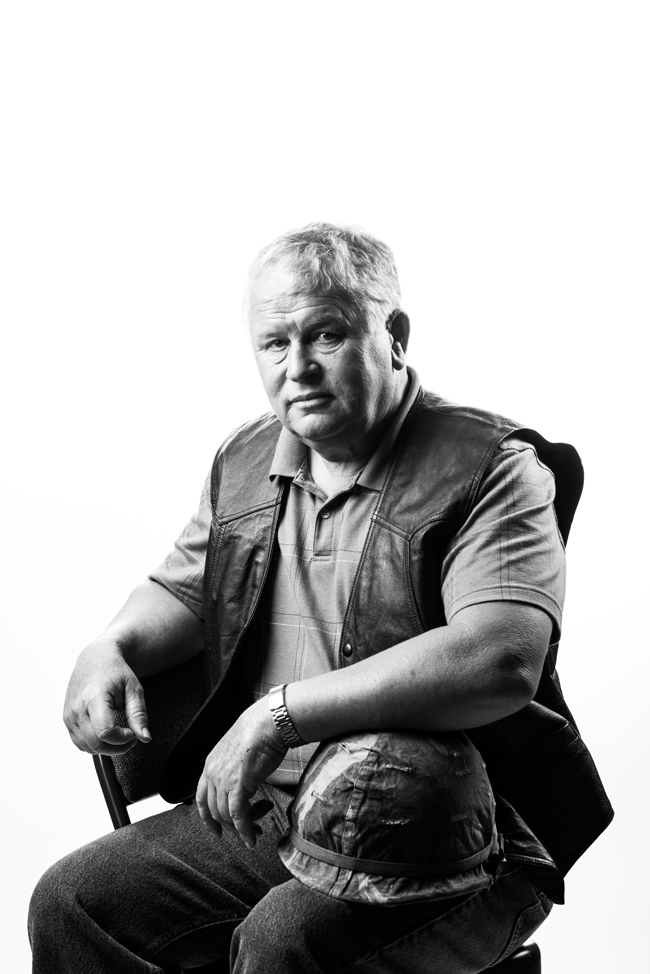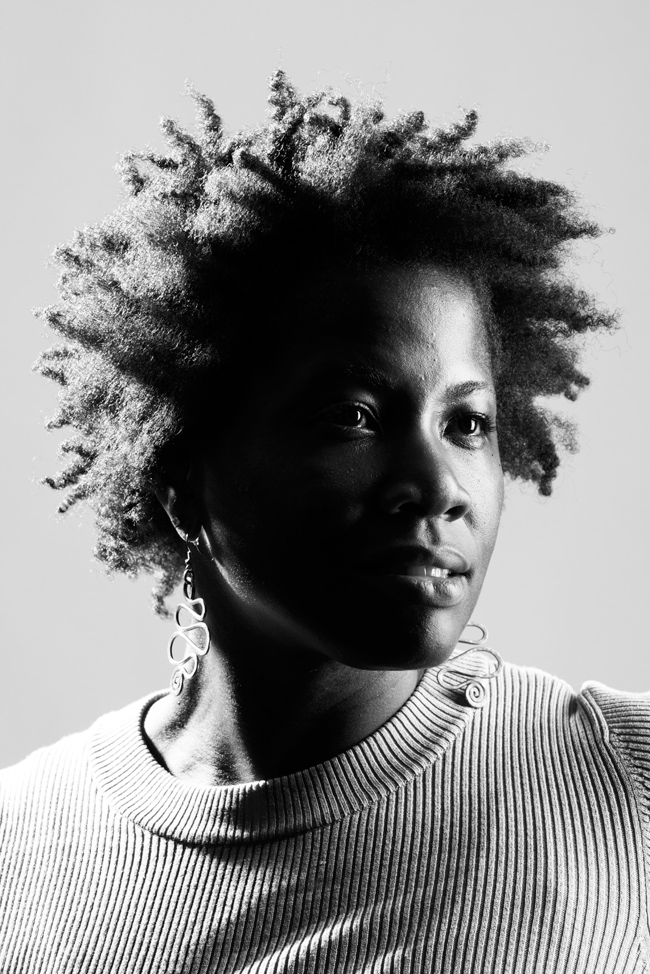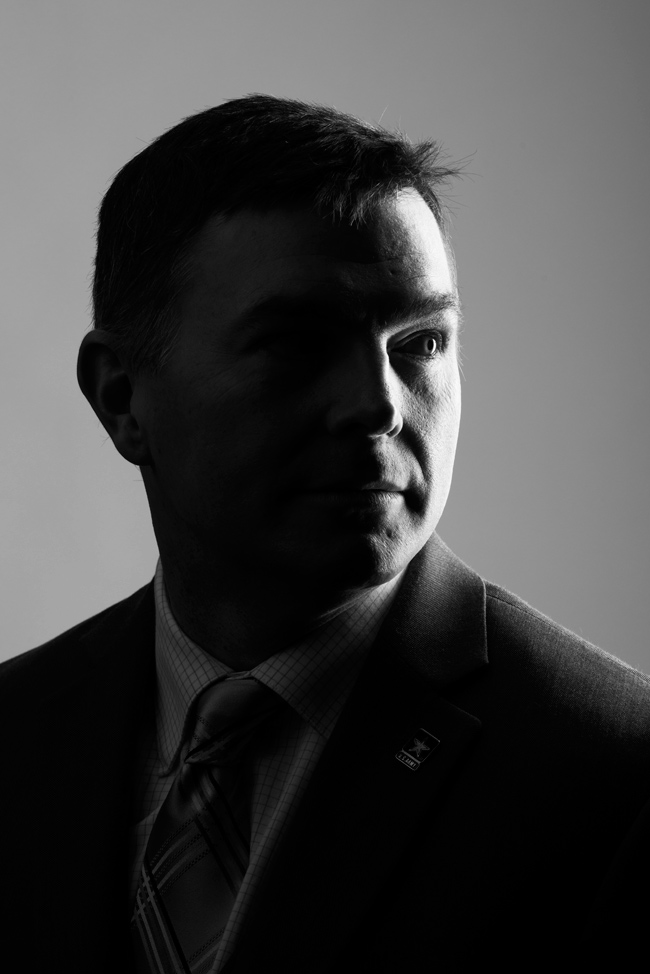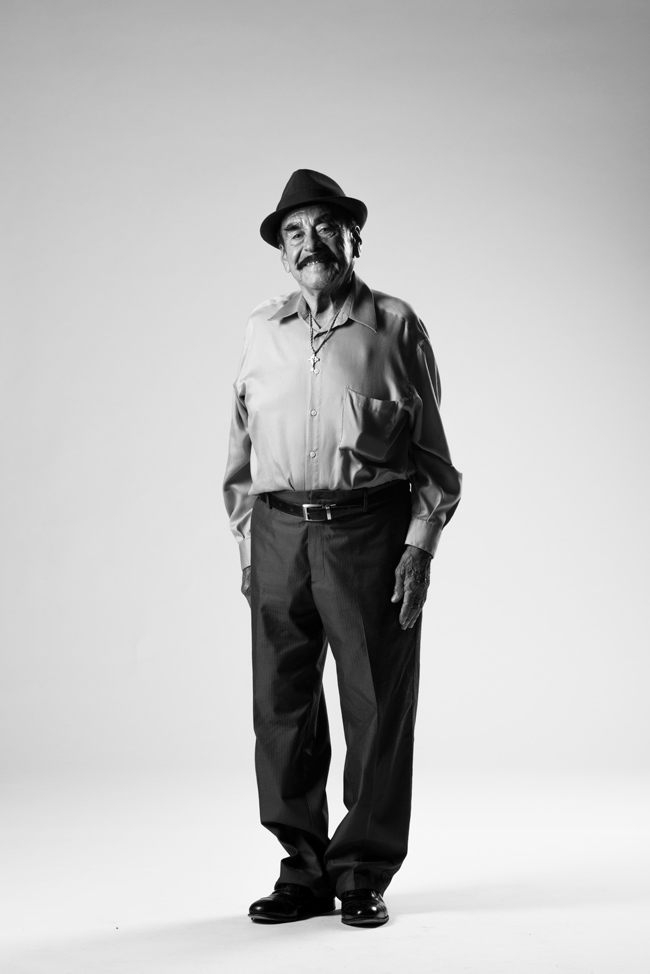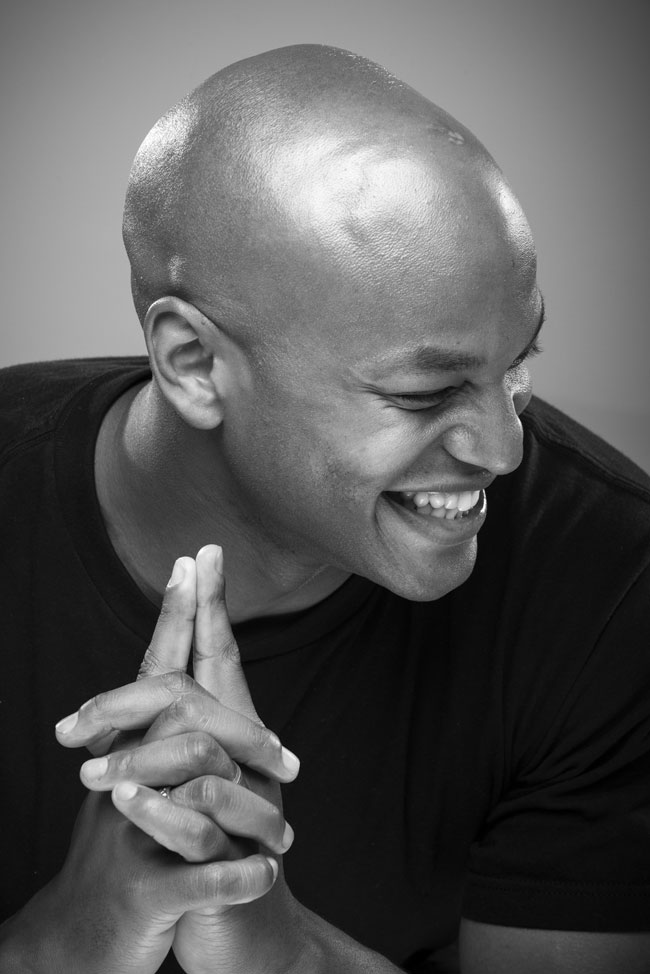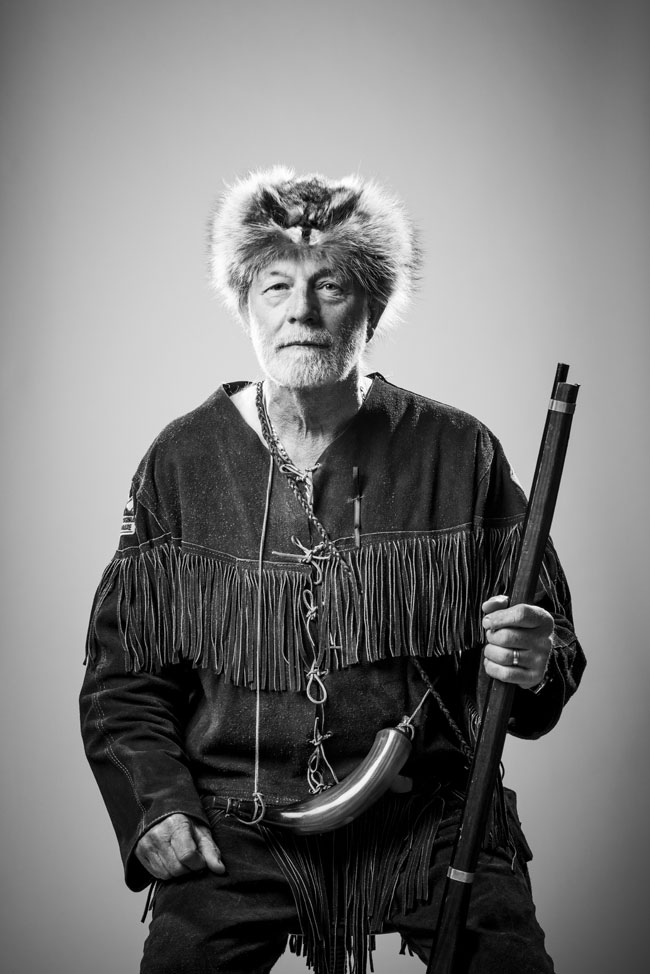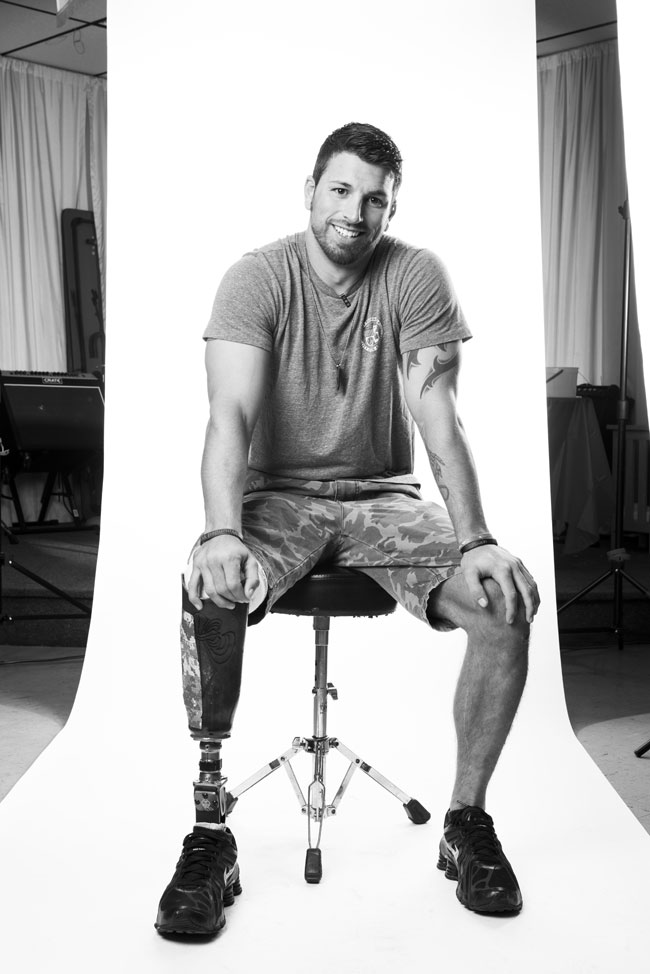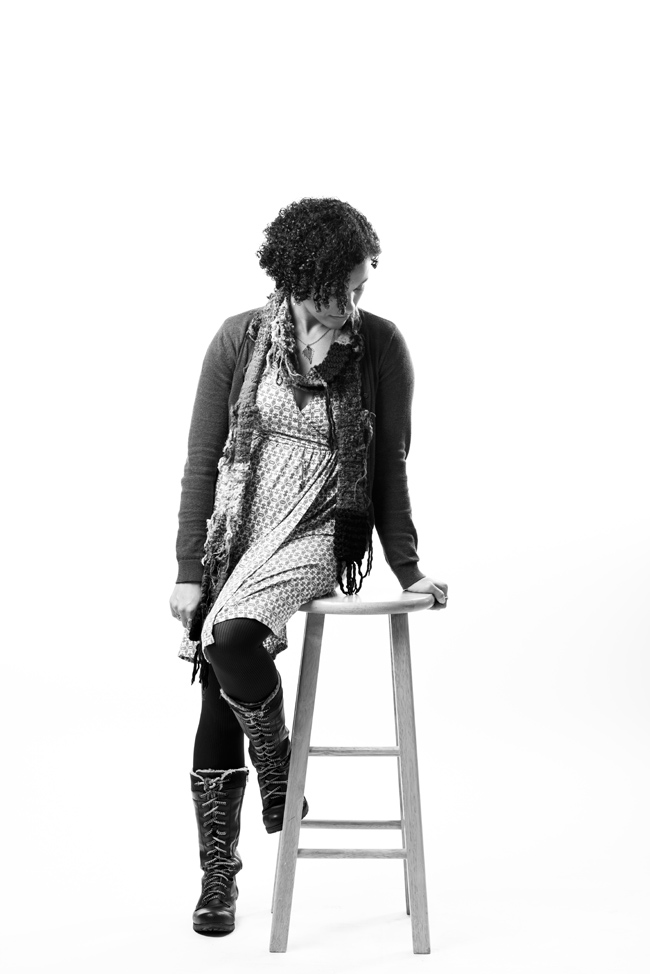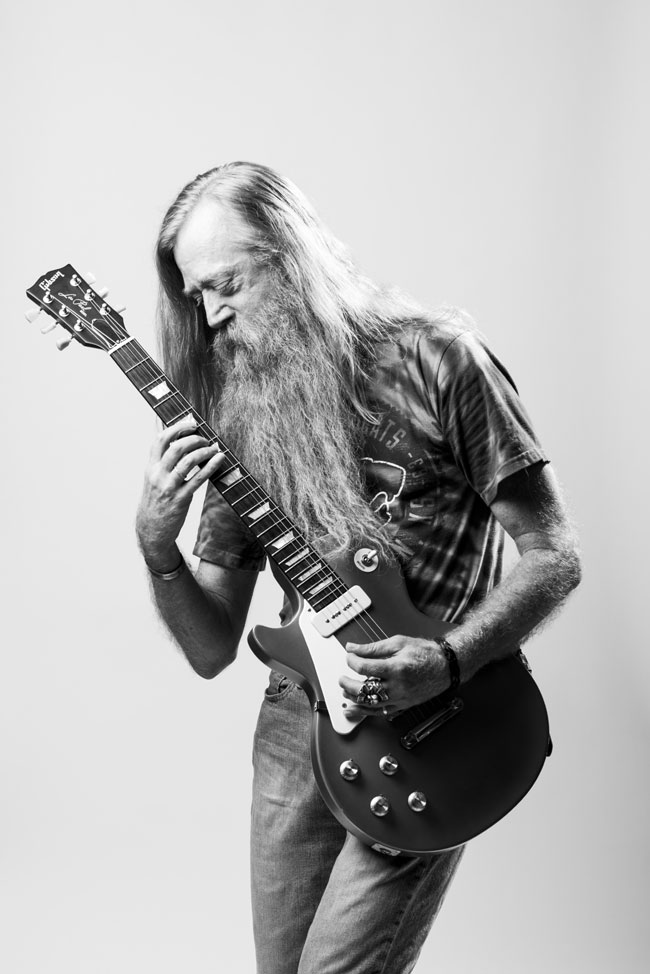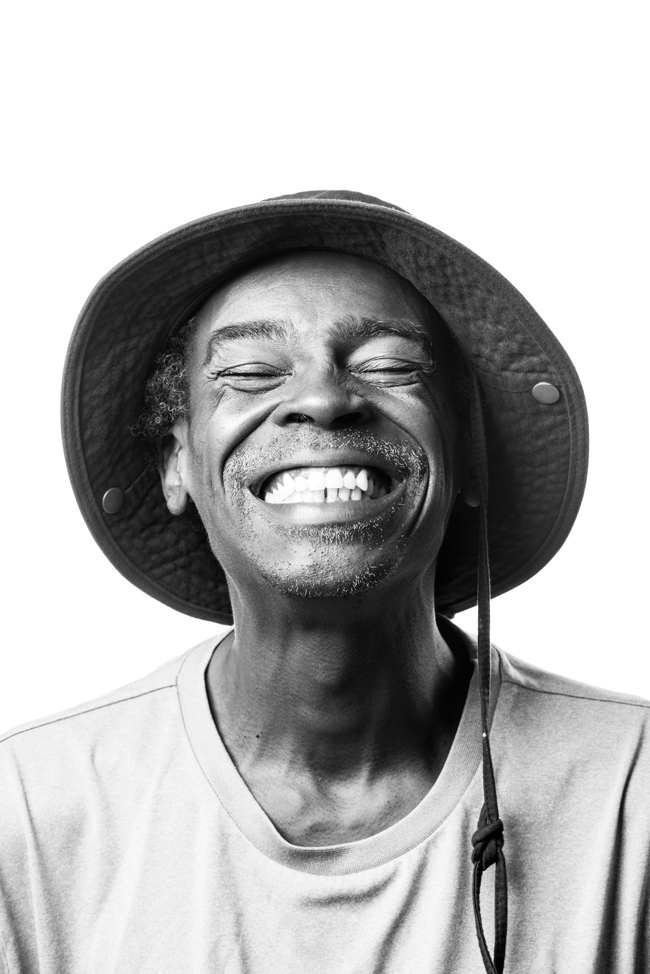Speaking For Themselves: The Veterans Portrait Project
Stacy Pearsall began the Veterans Portrait Project to...well, that's the story, isn't it? The reasons.
Stacy had enlisted in the Air Force at 17, entered the combat camera squadron at 22, was twice named Military Photographer of the Year by the National Press Photographers Association and was awarded the Bronze Star for action under fire. In 2008, she was medically retired after being wounded in action in Iraq.
Soon she found herself in the waiting room at the VA hospital in Charleston, South Carolina. She began talking with the other veterans she met there; then she began photographing them.
"It was inspiration for me to push harder in my recovery," Stacy says. And it was, she felt, the most appropriate thing she could do for "extraordinary people, deserving of being honored and thanked."
At first the photographs were only for the veterans. "I'd send signed digital files, and If they didn't have e-mail—and the old timers didn't—I would send prints. I'd also obtain their critical military information: what year they joined, how long they served, where they were, significant military history and facts."
But that changed. "The interior designer at the Charleston VA hospital wanted to see a couple of examples of the photographs. I said, 'Oh, okay,' and brought them over. She said, 'Great, we'll do it.' And I was like, 'Do what?' And she said, 'Have an exhibition here—and I think it should be permanently installed and it should be called the Hall of Heroes.' So she and I curated 88 portraits from the 300 I had photographed."
Word of the project spread, and before long Stacy was traveling throughout the region to photograph veterans from every generation and every branch of the service.
"The VA was the first to recognize what I was doing and open their doors," Stacy says. "Charleston first, then others. I've been to Georgia, North Carolina, Tennessee, New England—and people in small towns will call and say, 'I see what you're doing. I would love to get you out here, I've got a 90-year-old grandpa....' and I give them the parameters of what's required. I tell them, 'I'll do my best to help you, but you're eyes on the ground there, so you'll know who can step up and help out.' So when somebody says, 'Stacy's coming to town,' the schedule fills up within a couple of days."
The price of this success was its price: "It really got to the point where I couldn't afford to do it anymore on my own."
Things changed again when Stacy came to the attention of USAA, providers of financial products and services to the military community and their families. The organization became supporters of her efforts and word of the project spread.
"As the years have gone by more people have found it interesting," Stacy says, "and have wanted to write about it or tell the story. And the portraits kind of speak for themselves, too."
Word of the project spread, and before long Stacy was traveling throughout the region to photograph veterans from every generation and every branch of the service.
The Portrait Sessions
Stacy does all the photography herself, but she has assistants who make the photography possible.
"Anyone involved with the project has a military tie-in," she says. "All my assistants are either military or were military, or are married to military. I wanted to keep it that way because the veterans we interact with will often be skeptical, so I wanted people who were able to speak their language; it puts them at ease right away." The majority of the people who assist her have a photography background as well.
For the veterans, it's come-as-you-are or as-you-want-to-be; in or out of uniform, it's entirely up to them. The amount of time for the portrait session is pretty much up to them, too. "Sometimes when I do RSVPs, I allocate ten minutes per veteran," Stacy says. "At times that can feel like ages because the veteran may be shy, and I get one picture and I know that's all I'll actually get. With others it feels like it's not enough time."
That's especially true for the walkups. "I try to be as accommodating as possible to each and every one and give them the time they need. And if the veteran in my chair is crying, I will stay there until he's ready to move. I'm not going to rush anyone out of the studio. Everybody there knows the intent of what I'm doing and knows if somebody's emotionally moved we're all going to accommodate that. I've not run into a veteran who is upset because I'm running 30 minutes behind."
Stacy's assistants do the preliminary work: the model release forms are filled out, the military service information obtained. "Then they introduce me to the veteran, and say, for instance, 'This is Joe Smith, he served in the Army, was a tanker in World War II...I'll let him tell you about that.' So now I have the introductory footing. And when I [first] talk to them, I'm not walking them into the studio. I'll stand there and talk about their military service, just to get them used to looking at me, versus anywhere else if they're feeling nervous or distracted. By the time I get them into the studio, I will have observed their body language."
Engaging in conversation isn't only to put the veterans at ease. "I'm actually watching how they respond to what they're talking about, how they emote. Do they talk with their hands, do they talk with eye contact? Are they shy or extroverted? In just those couple of minutes I'm trying to decide what kind of lighting will work with them, how it will evoke the person I see in front of me and who they are presenting to me. When they get into the studio I'll put them into positions that I think exemplify what I had just witnessed, and then I will begin to talk to them again, and hopefully it will replay itself again as we talk. And 99.9 percent of the time the pictures you see are uncued, unasked for and just in the moment."
Some of the sessions are fairly lighthearted; others are deeply emotional. "I'm rarely shaken," Stacy says, "but once I photographed a veteran who'd been homeless for about two years. He was very ill, suffering from the effects of Agent Orange, and had to use a catheter and he walked around with the bag. He couldn't afford to get the proper medical attention. It was really disheartening seeing him wasting away. It was hard for me to keep my attention on what I was doing. It just made me sad...some of the situations our veterans find themselves in.
"But in the end, his portrait was taken."
The Traveling Studio
"When I first started I didn't have much," Stacy says. "I'd always been a Nikon shooter, so there were the cameras and lenses, and I was working with a couple of small strobes and some diffusers. Since then I've gone up to a bigger, four-head strobe system. I'm working in small spaces, sometimes literally a 10x15-foot space, and using a white paper background that's reflecting light, so I have all the light I need."
Earlier in the project she experimented with black, gray and white backgrounds before realizing she could make white paper look gray or black depending on how she used her lights. "It's all a learning process for me," she says. She now uses the Manfrotto backdrop system, ordering about four rolls of white paper per quarter. After each shoot she'll cut off what she's used, roll the rest back up and ship it on to her next location in a fishing-rod case.
Stacy currently uses two D810 bodies for the portraits. "I have a 24-70mm [AF-S NIKKOR 24-70mm f/2.8G ED] on one camera and an 85mm [AF-S NIKKOR 85mm f/1.4G] on the other. And I always keep a 70-200mm [AF-S VR Zoom-NIKKOR 70-200mm f/2.8G IF-ED] close by."

